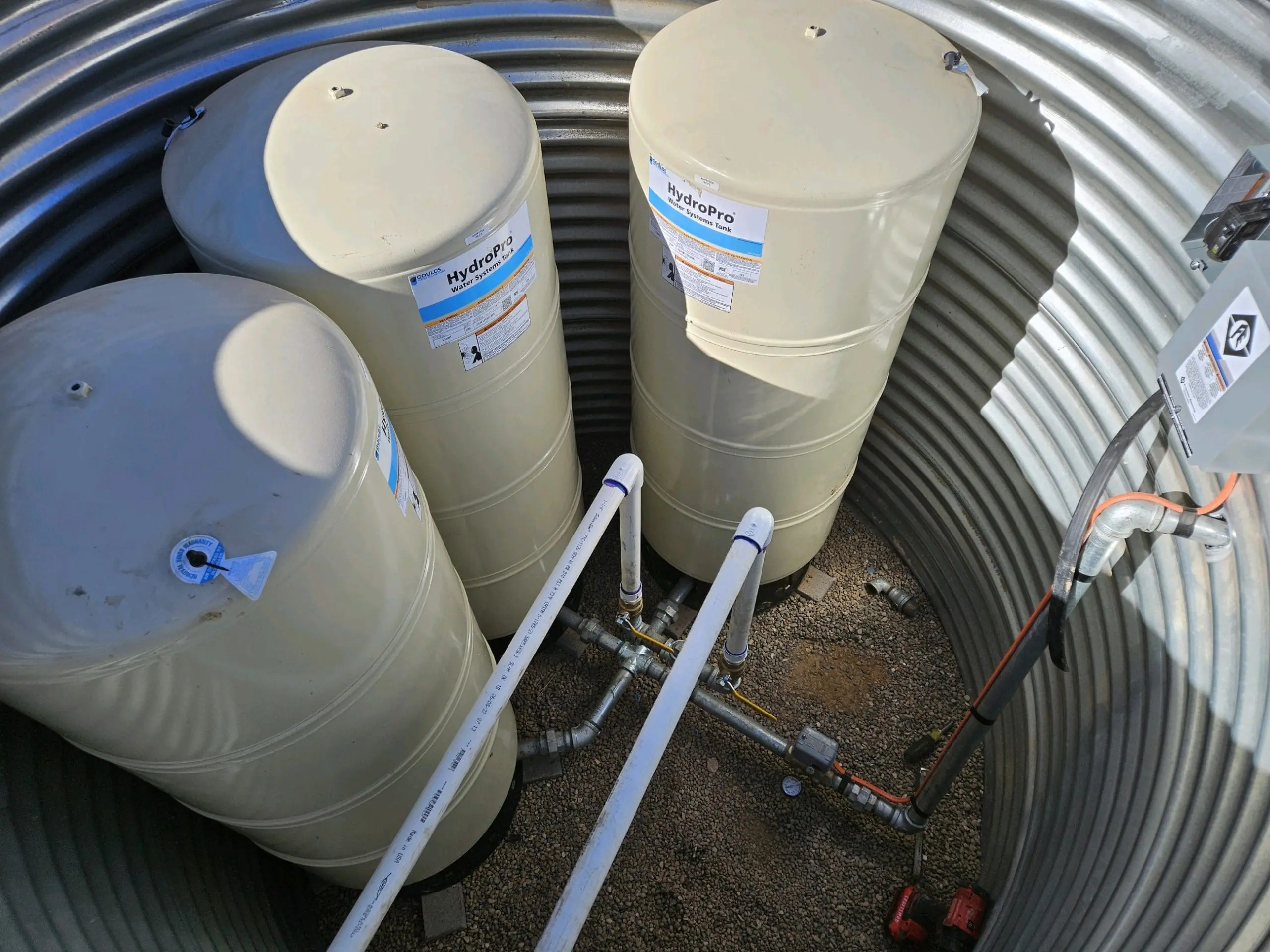How Do I Protect My Water Well’s Water Quality?

Water quality is critical to your family’s health and wellbeing. You can prevent well water contamination to your well through proper setbacks and through other smart water well management tips featured here. Keep reading to learn more.
There was a lot that was done over the years to prevent aquifers from being contaminated. There are several laws on the books that require anyone who uses a potential contaminant to dispose of that contaminant properly and make sure its use doesn’t contaminate groundwater.
The creation of the EPA and state regulatory agencies in the 1970s resulted from pollution problems related to the proper use and disposal of hazardous chemicals in our land, water and air.
Most of these rules are there to protect public water supply wells, the ones serving communities, and the aquifer that supplies them. Private well contamination may remain unknown to the owner until someone gets sick because private wells aren’t regulated in the same way or sampled regularly for many man-made chemicals.
This is why your well needs protecting. Commonly changing your act supplies, building quality, and minimizing the service area development will provide the most protection of your source water.
Here are the main factors that protect the water quality of your water well:
- Understanding how the quality of your water well’s water can be affected by surface sources and groundwater movement from offsite,
- Understanding the natural water quality of the aquifer you are using, and
- Ensuring your well is constructed correctly to protect drinking water at the well.
- What contaminants can affect my water well water?
- How far should my well be from…………?
Many states have distance requirements between a potential source of contamination and a well. These are referred to as setback rules, and you should learn yours.
Knowing what the standard is now will give you a better sense of what risk you could be facing in terms of contamination. You want to physically separate your well as much as possible from contamination sources and make sure the sources you have are the downgradient sources of your well.
What natural contaminants may be present in my water?
If you have not had a sample of your well water analyzed to determine the natural water quality in the aquifer you are drawing from to supply water, the agency in your state or territory that maps aquifers is a good place to start calling. They may have information about where natural contaminants might be a concern or be able to refer you to another agency that does.
Is my old well safe to use?
There are many, many old wells still in use today that don’t meet current water well construction standards. The end goal of that set of standards is to protect the well owner from harm — by protecting groundwater from contamination. If you have a well that is not in compliance with well code (what was the standard when the well was drilled), you are advised to make changes to the well, if able, to ensure adequate protection from the surface. Your well driller is likely the best source of advice on these matters, as well as the agency that regulates well construction.
Beyond this critical awareness of your water’s susceptibility, these best practices can help:
- When constructing, servicing or repairing a well, use a licensed driller, pump installer or contractor.
- Inspect the well cap periodically to confirm a tight seal and check for and cracks, breaks or missing bolts and verify the vent tube has a screen. Make sure the annular seal is solid, not sunk around the well.
- Remove debris from the area surrounding your well. Your well should be accessible at all times.
- Install back-flow preventers on all hoses and spigots. Do not place a hose in a tank for mixing, and install vacuum breakers on all threaded spigots and faucets that a hose might be connected to.
- If you have any treatment devices, establish a maintenance schedule, roughly for replacing/filter-cleaning/adding chemicals, to keep them functional.
- Take proper care of your septic system. However, if solids are allowed to penetrate into the drain field, unpumped on some sort of schedule, the solids can clog the laterals, and your system will soon cease to function.
Next Steps
If your well that you think is not up to today’s well safety standards or is possibly being contaminated, give the pros at Boylan Water Well Service & Supply a call today to come out and take a look at your well and give you a quote if necessary to remedy your well issues.